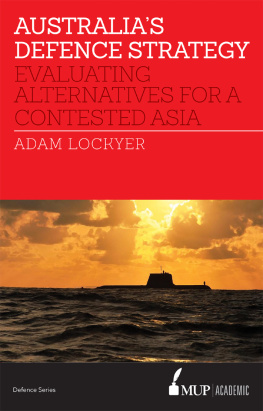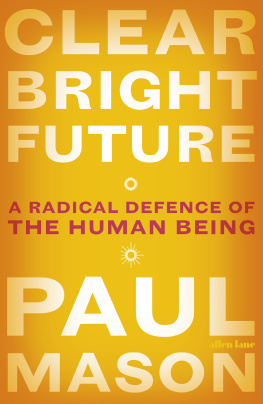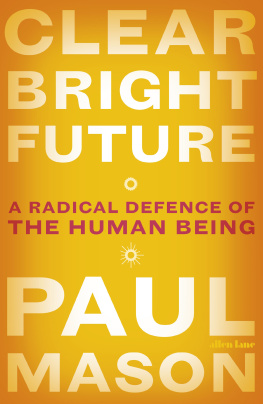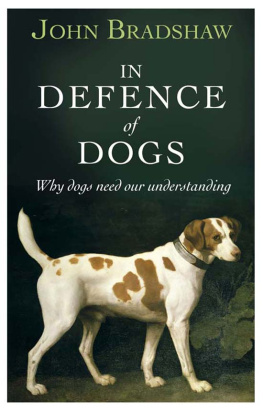Future War and the Defence of Europe

Great Clarendon Street, Oxford, ox 2 6 dp , United Kingdom
Oxford University Press is a department of the University of Oxford. It furthers the Universitys objective of excellence in research, scholarship, and education by publishing worldwide. Oxford is a registered trade mark of Oxford University Press in the UK and in certain other countries
John R. Allen, F. Ben Hodges, and Julian Lindley-French 2021
The moral rights of the authors have been asserted
First Edition published in 2021
Impression: 1
All rights reserved. No part of this publication may be reproduced, stored in a retrieval system, or transmitted, in any form or by any means, without the prior permission in writing of Oxford University Press, or as expressly permitted by law, by licence or under terms agreed with the appropriate reprographics rights organization. Enquiries concerning reproduction outside the scope of the above should be sent to the Rights Department, Oxford University Press, at the address above
You must not circulate this work in any other form and you must impose this same condition on any acquirer
Published in the United States of America by Oxford University Press
198 Madison Avenue, New York, NY 10016, United States of America
British Library Cataloguing in Publication Data
Data available
Library of Congress Control Number: 2021930461
ISBN 9780198855835
ebook ISBN 9780192597861
Printed and bound in Great Britain by Clays Ltd, Elcograf S.p.A.
Links to third party websites are provided by Oxford in good faith and for information only. Oxford disclaims any responsibility for the materials contained in any third party website referenced in this work.
This book is dedicated to Joseph Kindle Allen, United States Navy, George Scott Davis, US Coastguard, Katherine Jolliffe, US Army Nurse Corps, Clifford Lindley-French, Royal Navy, and Walter Saunders, Royal Navy. They fought for Europes freedom and a just peace in the fervent hope that it would be defended and never have to be fought for again.
Preface
There are two theses central to this book. Firstly, the defence of Europe in the face of future war will require a new comprehensive concept of security in which human security and national defence are not only harmonized but seen as central to a new kind of deterrence that stretches across a complex and interlocking mosaic of hybrid, cyber, and hyper-warfare. Secondly, the impact of emerging technologies on future high-end warfare and by extension European defence will be profound.
The 2018 commemoration of the Armistice at the end of the war to end all wars prompted questions that Plato inspired when he is believed to have suggested that only the dead have seen the end of wars. Could Europe again face a major war; if so, what would it look like; and, above all, how could it be prevented and, if needs be, fought? How would such a war unfold? Could Europe withstand the shock of war?
The 20201 COVID-19 crisis would suggest there is much work to be done to make European states and their institutions more resilient if the peace to which so many Europeans have become accustomed is to be preserved in the face of emerging threats and natural hazards. If nothing else, COVID-19 has reminded Europeans that shock happens, even if many seem to be in denial. In August 1919 the British government initiated the Ten-Year Rule by which London assumed it would not be involved in a major war for at least a decade and could plan accordingly. In March 1932 Britain scrapped the Rule as war clouds began to appear again in the midst of the Depression. Strategic uncertainty has grown exponentially since the COVID-19 crisis began and such uncertainty is likely to worsen with the economic crisis but, locked into a kind of perpetual and virtual Ten-Year Rule, much of Europe seems unwilling to consider the eloquence of history and just how dangerous such moments can be in the eternal struggle between peace and war.
Future War and the Defence of Europeis thus set against a backdrop of crisis and contemporary history, and the rapidly changing strategic, political, and technological environment with which Europeans, and those charged with defending them, must contend. The book also questions contemporary assumptions about the transatlantic relationship and its future, as well as the respective roles of both the North Atlantic Treaty Organization (NATO) and the European Union and the maintenance of peace and stability in Europe.
The focus of the book is thus the future military defence of Europe and, specifically, the future military art, science, and structure sound European defence and deterrence will demand. At its heart, the book is a consideration of the impact of what some have called the Fourth Industrial Revolution on the defence of Europe, and the sweeping changes that are unfolding in civilmilitary technologies across the globe.














